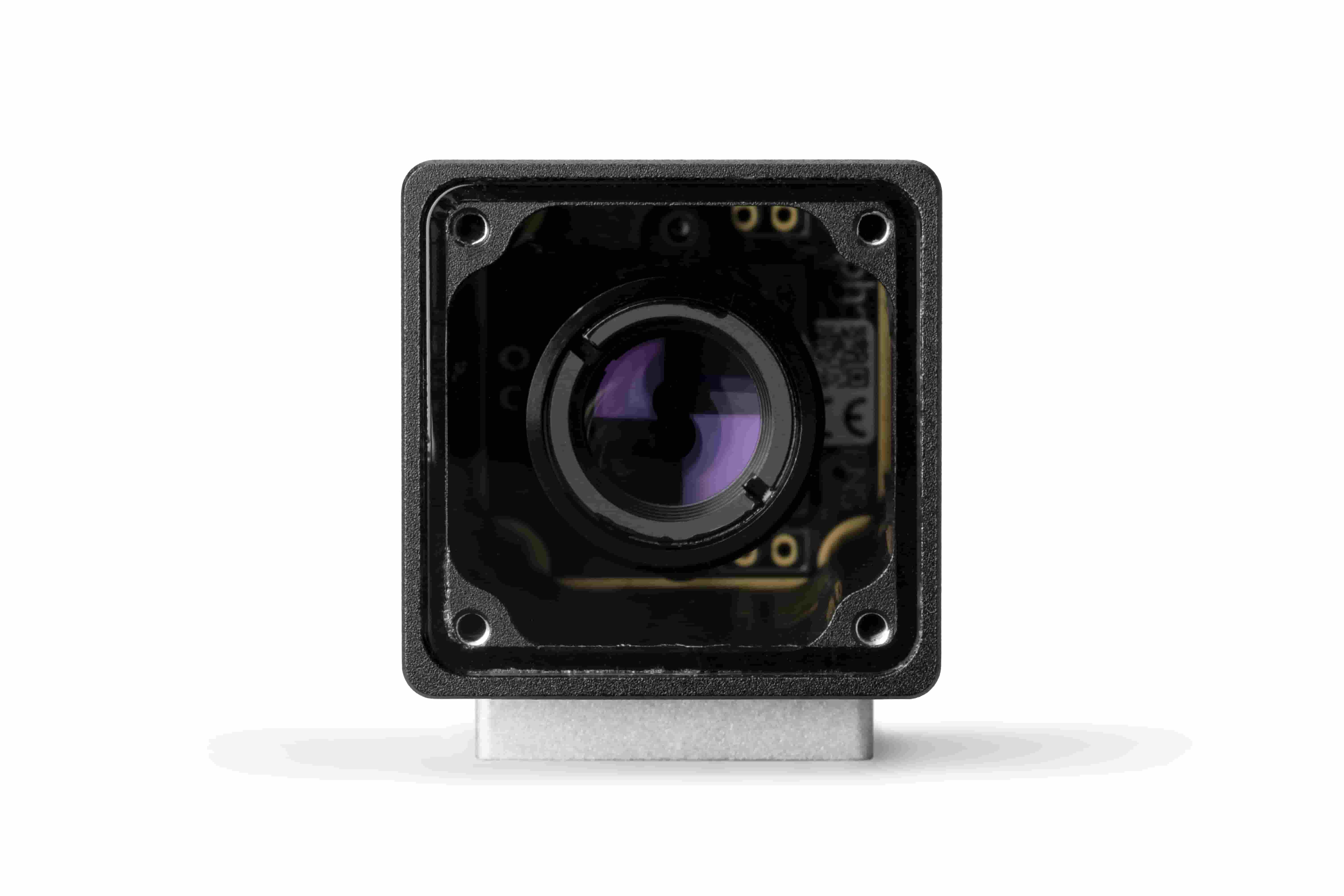
PhotonicSens Cameras
A challenge of the highest precision
Since its inception in 2014, PhotonicSens has been at the forefront of depth camera innovation for electronics, robotics, healthcare and consumer applications. Using lightfield technology, PhotonicSens offers superior ways to visualise, inspect and optimise various processes, products or applications in high resolution, with microscopic precision.
PhotonicSens turned to Protolabs to produce the protective casing of its latest innovative camera solution, which incorporates photonic technologies offering unprecedented imaging capabilities. The main challenge? Designing a functional and robust housing without risking compromising the camera's extreme precision.
About PhotonicSens:
Founded in 2014, PhotonicSens is a world-renowned company specialising in the production of depth cameras. Using lightfield technology, PhotonicSens is distinguished by its ability to measure and reproduce the dimensions of objects with microscopic precision. The company's mission is to become a world leader in 3D computer vision across all industries, with a focus on electronics, robotics, healthcare and consumer applications.
With rapid expansion in the US and Asia and a growing network of partners, PhotonicSens continues to innovate and deliver cutting-edge photonic solutions, enabling its customers to optimise their processes, products and applications.
| At A Glance |
|---|
|
Manufacturing high-precision casings for innovative, compact and high-performance cameras.
Solution Consider design changes to produce a functional component in less time.
An ultra-precise camera with virtually unmatched image quality. |
A high-precision challenge
"The new PhotonicSens camera combines innovations in sensor design, light manipulation and data processing to offer unprecedented image quality and functionality in 3D photography and sensing," explains Carlos Cantero, production engineer at PhotonicSens.

This advanced technology gives companies a significant competitive advantage by improving quality control and benefiting from increased automation capabilities.
Size, shape, weight, arrangement of internal components... For months, the PhotonicSens teams have been working to reduce the size and optimise the configuration of this camera to make it more compact and better suited to its specific applications while maintaining high performance.
Therefore, the development of this new product required high-precision internal components: distances, adjustments, and dimensions are crucial for its proper functioning. Likewise, the external housing had to offer a lightweight yet robust design suitable for a variety of industrial applications and harsh environments... and fit the camera perfectly.
Producing a prototype in record time
Carlos Cantero continues: 'We had already had positive experiences with the Protolabs teams, who had been proactive in terms of design and had advised us on the technologies to be adopted. For this new project, we were confident in Protolabs' ability to work with us on this complex challenge'.
Once the device's theoretical design and data processing algorithms were completed, PhotonicSens uploaded the enclosure design plans to the Protolabs website.
"We had already tested Protolabs' online platform, which is particularly easy to use. But the real 'plus' lies in the co-construction collaboration with Protolabs experts, who quickly analyse the CAD files submitted. Their almost immediate feedback on changes to be made to reduce the form factor facilitates and accelerates the process: we were able to design this critical component in record time and prototype it in just a few units."

Protolabs advised and assisted the PhotonicSens teams in adjusting the wall thickness of the camera housing to ensure the necessary robustness and precision without altering its compactness. Specific modifications were also made to ensure a perfect fit of the internal components, guaranteeing optimal camera functionality. Finally, optimisations were implemented to make the design more suitable for Protolabs' production capabilities, improving the feasibility and speed of the production process. These corrections made it possible to obtain a functional component quickly while meeting PhotonicSens' technical specifications and high-precision requirements.

In the end, the high level of precision required in the design of this component lived up to its promise, avoiding imperfections in the images. Initial feedback has been positive: 'Our medical imaging customers are excited to see a marked improvement in the quality and accuracy of their diagnoses. In industry, these high-resolution, multispectral imaging capabilities have greatly improved the defect detection process, reducing product recalls and increasing customer satisfaction. Finally, in the field of precision agriculture, this new on-board technology enables more effective monitoring of crop health, leading to timely interventions and improved yields.
PhotonicSens intends to continue working with Protolabs to further improve the camera in line with customer feedback and market demands: plug-and-play functionality, accessories to improve accuracy, housings to protect the camera in various environments, user-friendly interface, etc.





